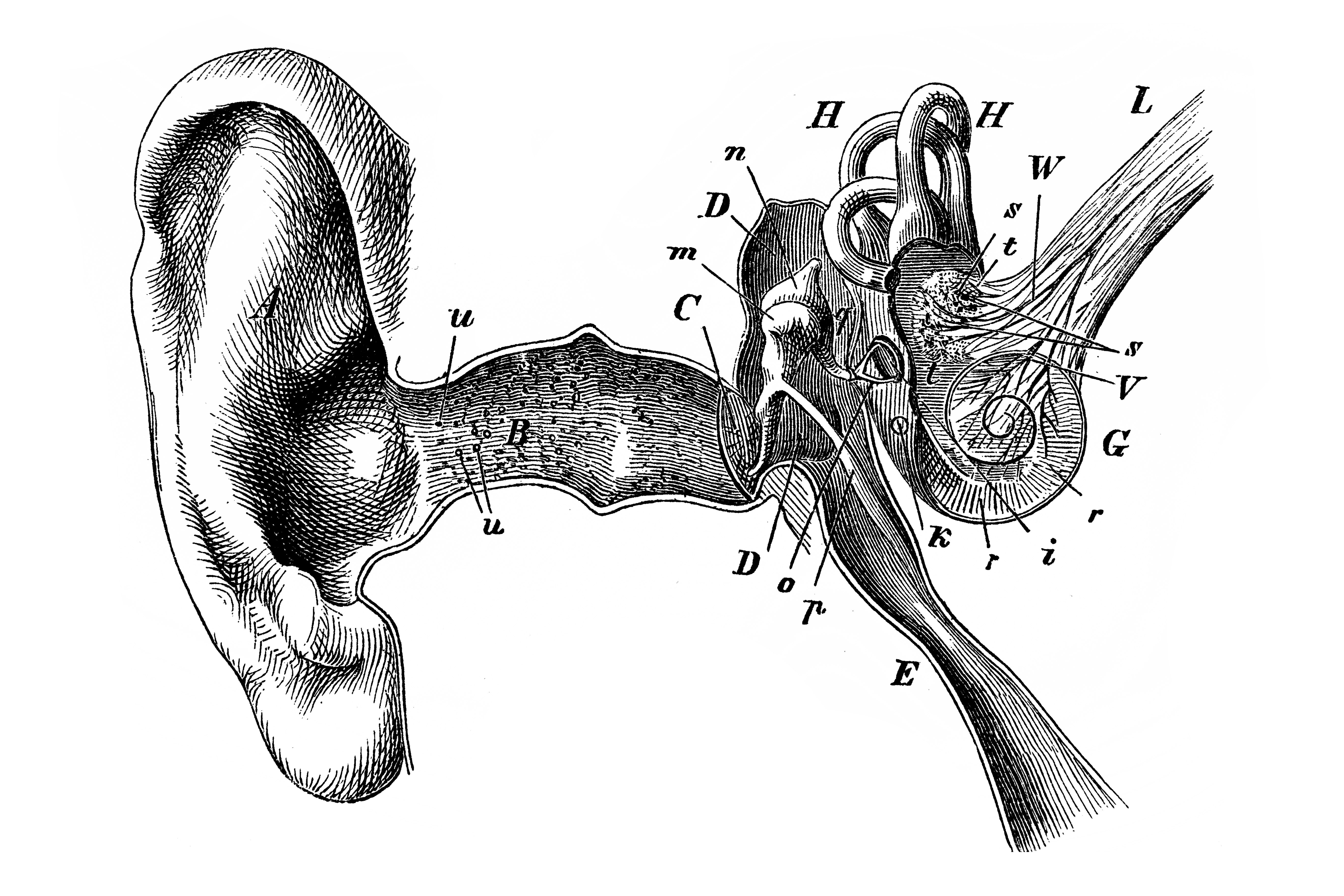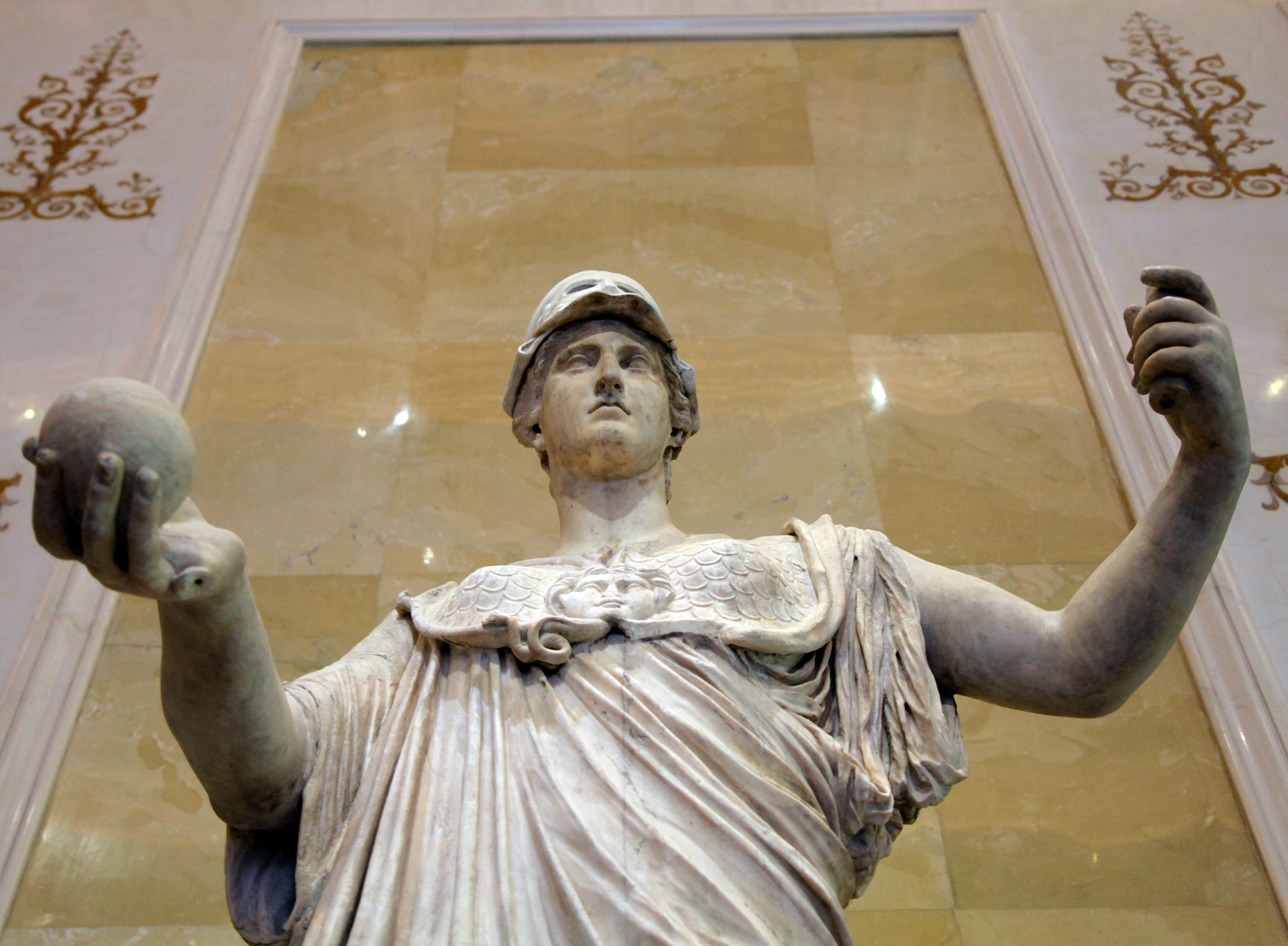
How do you spend a wide-open day? Inverse Daily readers like you aspire to spend the day at the beach, in nature, and away from screens. Kingsley S. enjoys “going to the countryside to connect with nature.” Peter S. spent his 20s with a romantic partner, his 30s on a yacht, and now in his 70s spends his days “quietly.”
Jerry C. runs with his dog. M.C. makes “a breakfast of Norwegian pancakes with raspberries and whipped cream.” We all deserve a little relaxation. So sit back and enjoy an array of wonderful stories to start your week.
This is an adapted version of the Inverse Daily newsletter for Monday, March 7, 2022. Subscribe for free and earn rewards for reading every day in your inbox. ✉️

5,300 years ago, a woman received the first-known ear surgery
A new study in Scientific Reports reveals a little window into medicine’s ancient history. The study provides all the ghastly details of a neolithic skull with cuts into its mastoid bones, which “contain small pockets called air cells” that can “become inflamed after a middle-ear infection,” writes Jennifer Walter.
“It’s unclear exactly what illness plagued this ancient woman, but it must have been painful and serious enough to warrant surgery,” Walter writes.
The study authors identify this bone-splitting as an early mastoidectomy, a method of draining ear infections used before antibiotics became the gold standard.
Happily, the woman’s skull healed by the time she died. Though this case is the first-known ear surgery, experts say it was likely performed by someone with experience, someone there would have been plenty of need for since “ancient skulls tend to show signs of cholesteatomas or cysts that typically grow in the middle ear and spread to the eardrum,” writes Walter
Things have changed: Socially distant surgery is now possible

Earth’s closest black hole may actually be a vampire star
In 2020, researchers discovered a black hole that didn’t exist. “The team [...] was originally observing a binary star system called HR 6819 when they began noticing evidence for a third, invisible object,” writes Inverse space reporter Passant Rabie. The researchers ultimately determined that the object was just a boring black hole — small for its type (four times the mass of the Sun) and not very ambitious (the object wasn’t releasing powerful X-ray emissions, rendering it “dark, silent, and invisible”).
But other researchers weren’t convinced, so the team eventually revisited its black hole in 2022 to settle the debate. “Using the European Southern Observatory’s Very Large Telescope in Chile, the researchers were able to obtain a clearer picture of the nearby system,” writes Rabie. But in place of a black hole, they found something odd “vampire” star.
“One possible scenario is that as these nearby stars aged, they grew bigger, and got close to one another,” writes Rabie. “One star sucked the material from another, causing it to lose a large fraction of its mass. After sucking all that material, the ‘vampire’ star then began to spin more rapidly.” Researchers will continue to monitor the star system to catch all of its shapeshifting.
I know what you are: The visual history of vampires in film

The trippiest sci-fi movie on Amazon Prime reveals a debate about the brain
Inverse nature reporter Tara Yarlagadda dissects the real brain science behind (one of my favorite movies!) Eternal Sunshine of the Spotless Mind for her latest installment of Reel Science. The 2004 movie is “one of the most brilliant — and weirdest — sci-fi romances of all time,” writes Yarlagadda, and raises a pertinent question for anyone suffering from a broken heart: Can you erase painful memories at will?
The non-romantic answer is, well, no. In the movie, a memory-wiping doctor watches brains on what seems to be a CAT scan, erasing big areas that light up as unwanted memories are recalled. Like many heart-wringing stories, it’s not particularly true-to-life.
“First of all, there’s no single part of the brain that controls memory,” writes Yarlagadda. “Certain parts of the brain — such as the visual cortex — control visual memory, while emotions are represented in brain regions specialized for processing.”
Though, there is a seed of scientific truth in Eternal Sunshine. Experts tell Inverse that the doctor’s process for expunging memories is similar to reconsolidation, a process where scientists have to restore memories in order to retrieve them.
“Neuroscientists are also working on a technique called ‘decoded neurofeedback’ (DecNef) that ‘collects and parses brain signals using machine learning to modify painful memories,’” writes Yarlagadda. But if you’re recovering from a breakup, you should probably just try therapy first. Or Ben and Jerry’s.
Never forget: This colorful diet is linked to better memory

What is your “wisdom profile?”
“In the eternal quest for happiness, people can get caught in false fulfillment traps like chasing a big bonus at work or a high-profile award,” writes Ali Pattillo. But true happiness is deeper and more complex to cultivate, requiring you to water your essentials, like community, health, and wisdom. But how?
A recent Frontiers in Psychology study, at the very least, attempts to crunch up “wisdom,” how it may manifest itself inside you, and how to reach it. The study suggests wisdom looks different across genders, indicating that men “tend to excel on cognitively-related dimensions of wisdom like emotion regulation, while women may have more compassion-related and pro-social components of wisdom like empathy,” writes Pattillo.
This difference could be attributed to differences in upbringing or hormone differences, but since the study did not survey non-binary people or ask participants if they identified as transgender, more research is needed to say for sure. No matter your gender, though, you can cultivate wisdom by practicing empathy, compassion, and making slow decisions, experts say.
A word to the wise: Kindness can boost brain health

About this newsletter: Do you think it can be improved? Have a story idea? Want to share a story about the time you met an astronaut? Send those thoughts and more to newsletter@inverse.com.
- On this day in history: Some people call the total solar eclipse on March 7, 1970 the “eclipse of the century.” According to the NASA website, it was “the first time a total eclipse in the United States passed over a permanent rocket launch facility,” providing “NASA, four universities and seven other research organizations a unique way to conduct meteorology, ionospheric and solar physics experiments using 32 [...] suborbital rockets.” If you saw it, you would never forget it.
- Song of the day: “Eclipse,” by LOONA.







